Please study the following: Subject pronoun + Verb to be
Subject pronouns:
A subject pronoun is a word that takes the place of a person or thing in a sentence. It tells who or what is doing the action.
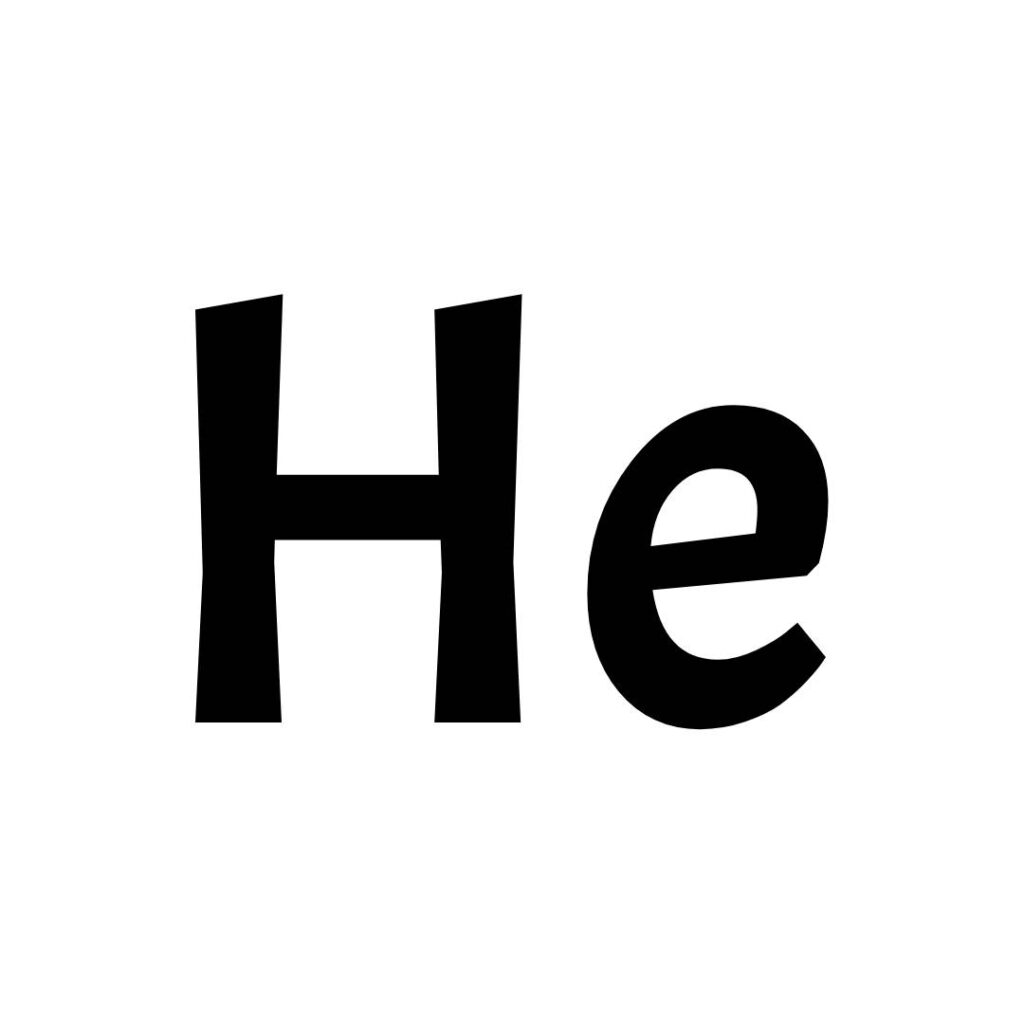
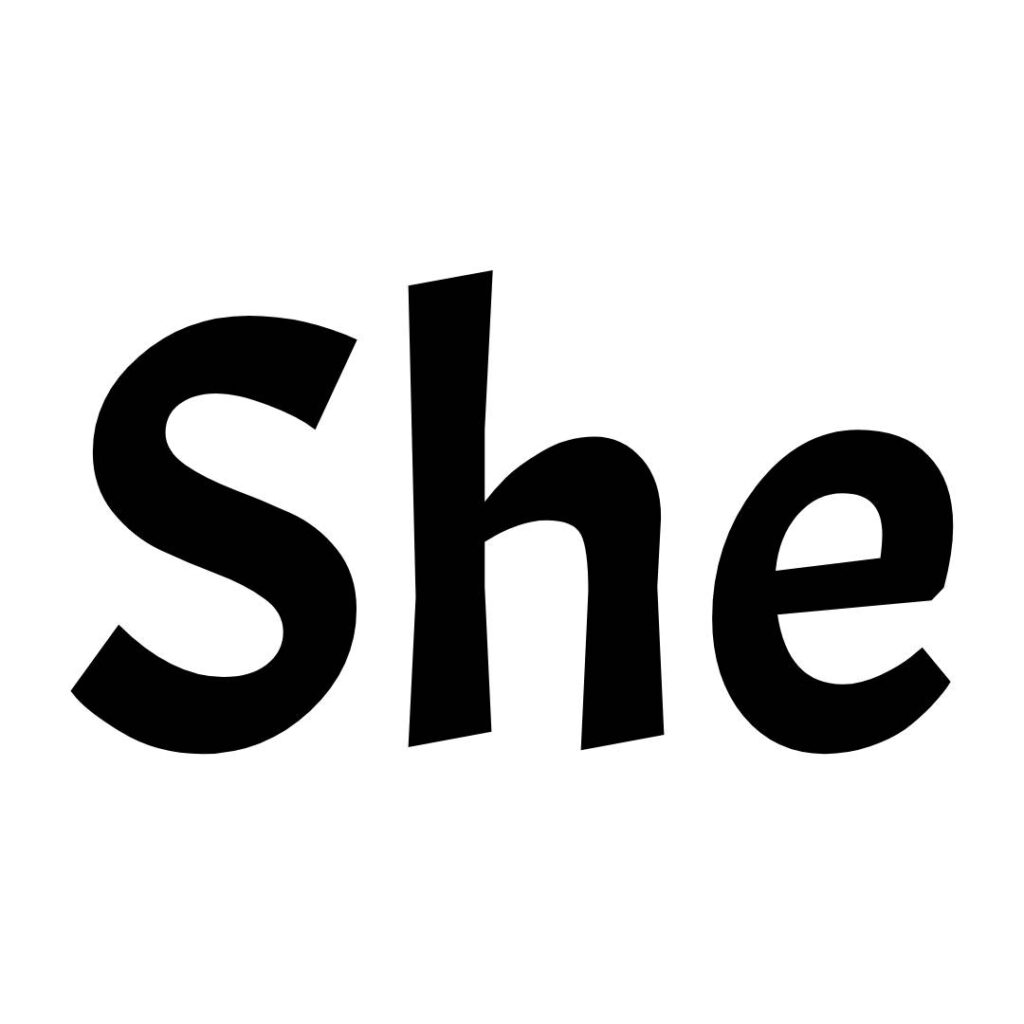
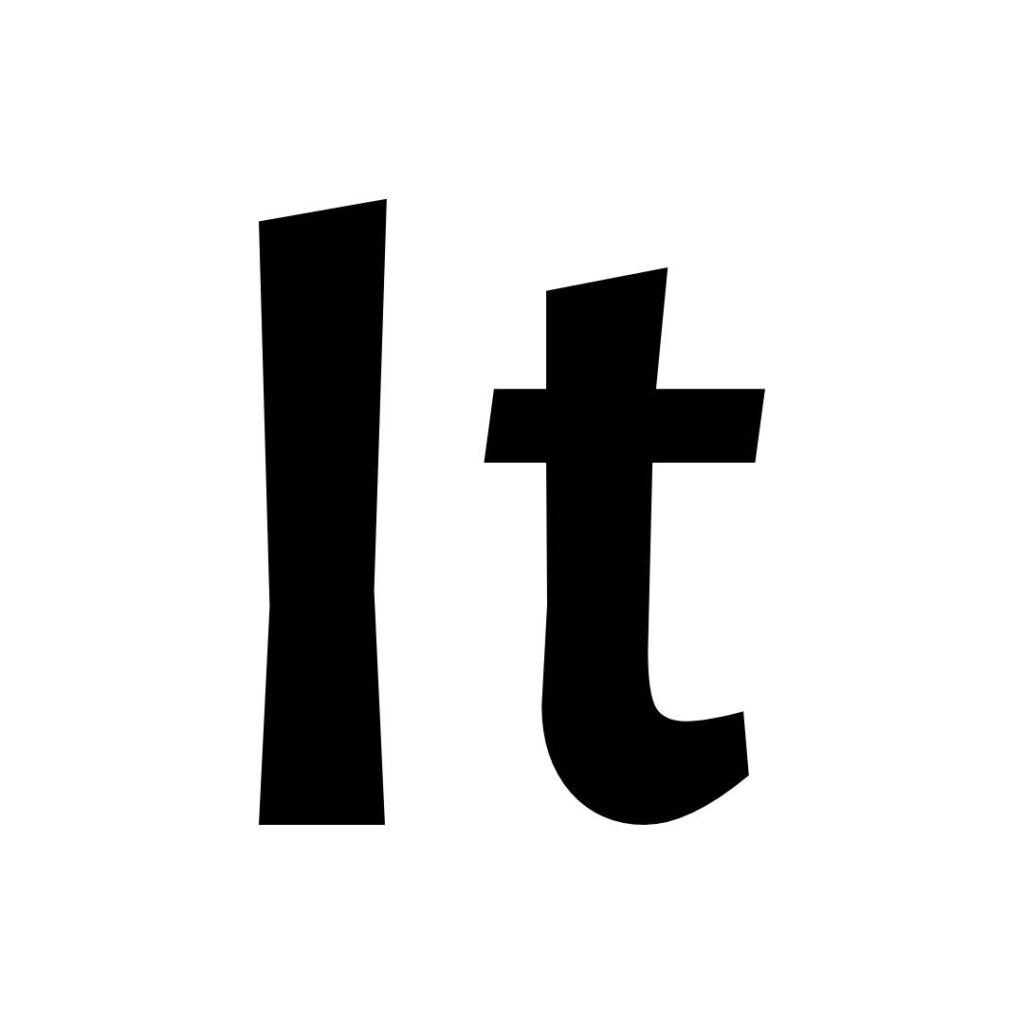
He (for a boy or man)
She (for a girl or woman)
It (for a thing or an animal)
Examples:
He is tall.
She is happy.
It is a dog.
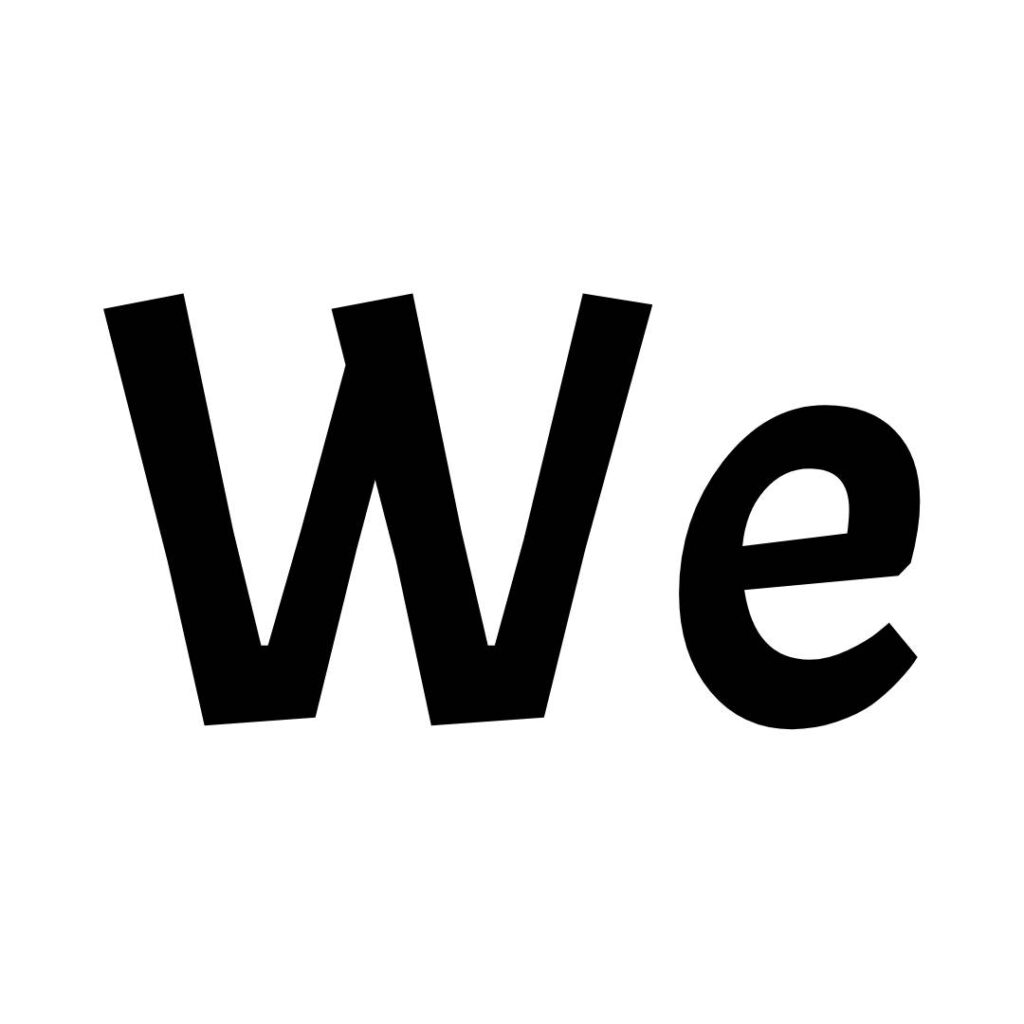
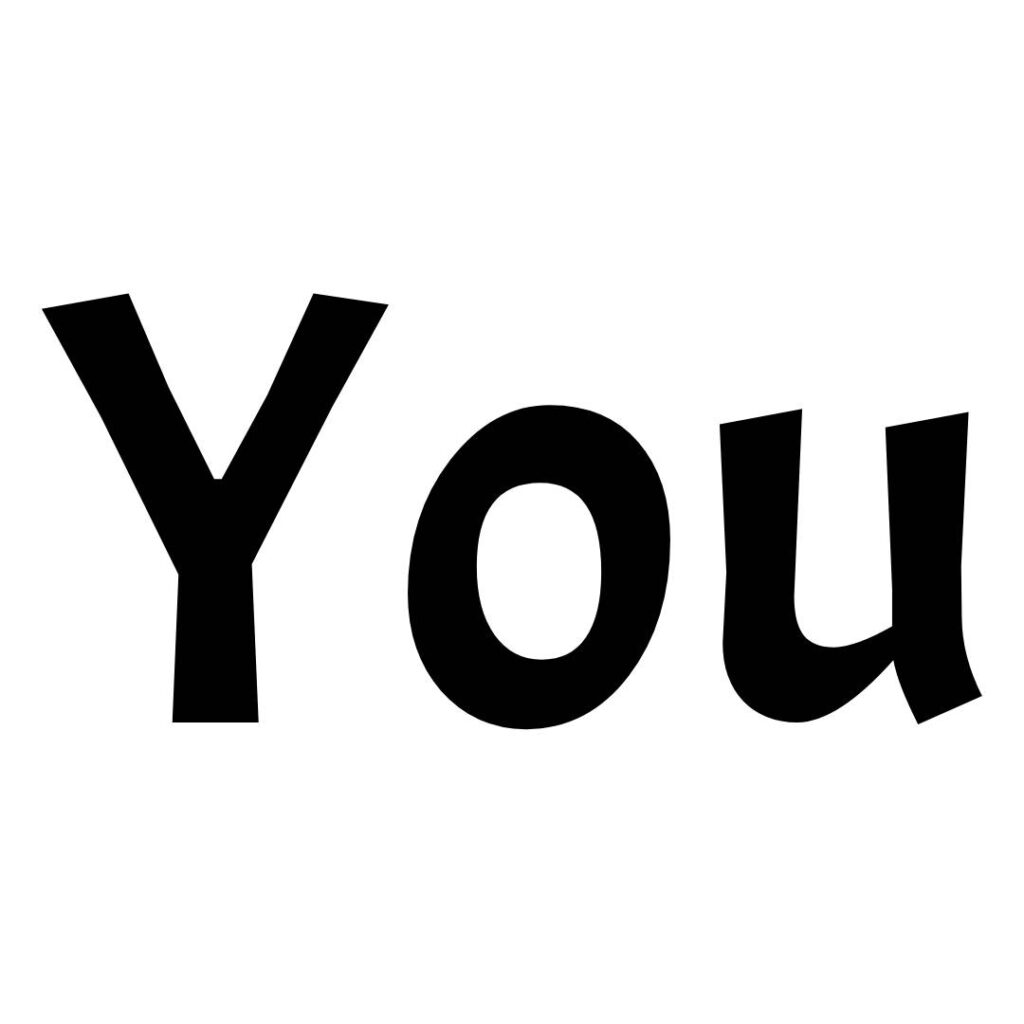
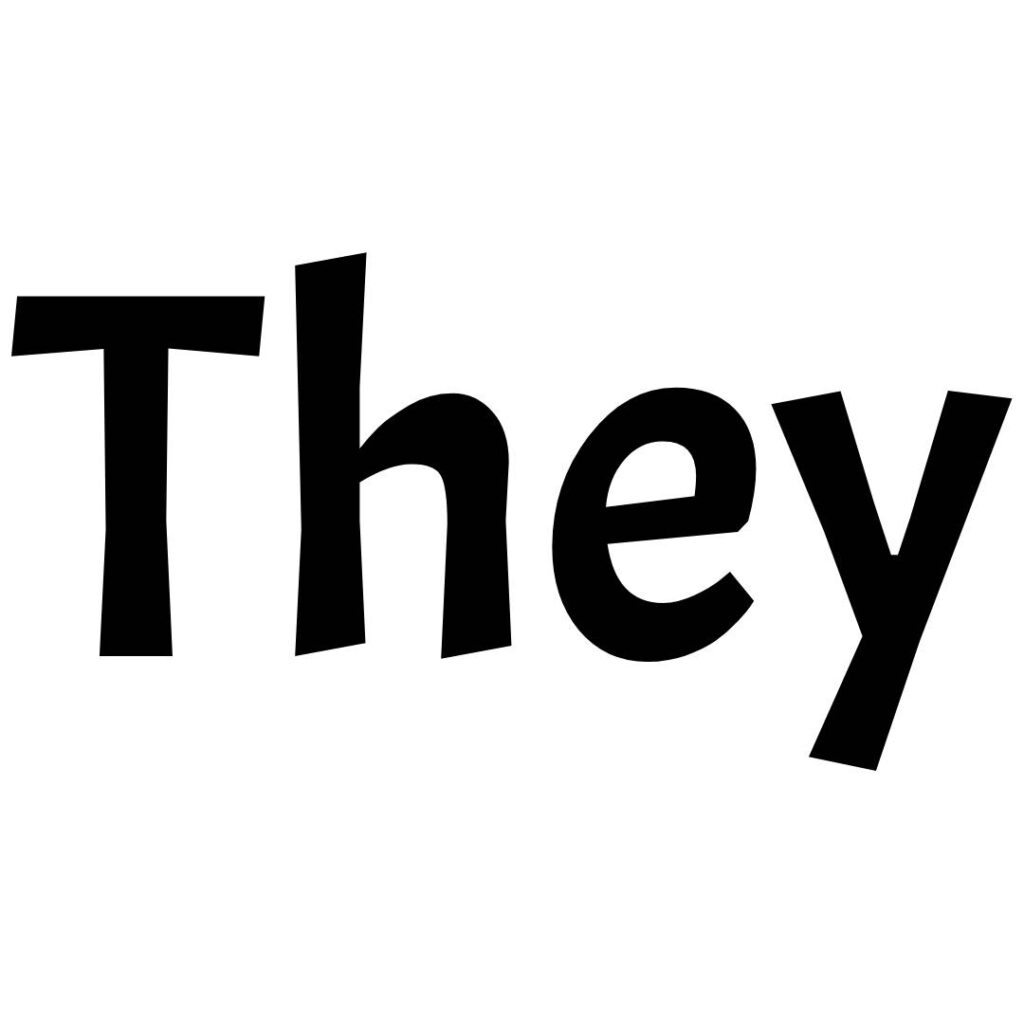
We (talking about yourself and others)
You (talking to someone)
They (talking about more than one person or thing)
Examples:
We are in the classroom.
You are my friend.
They are playing.

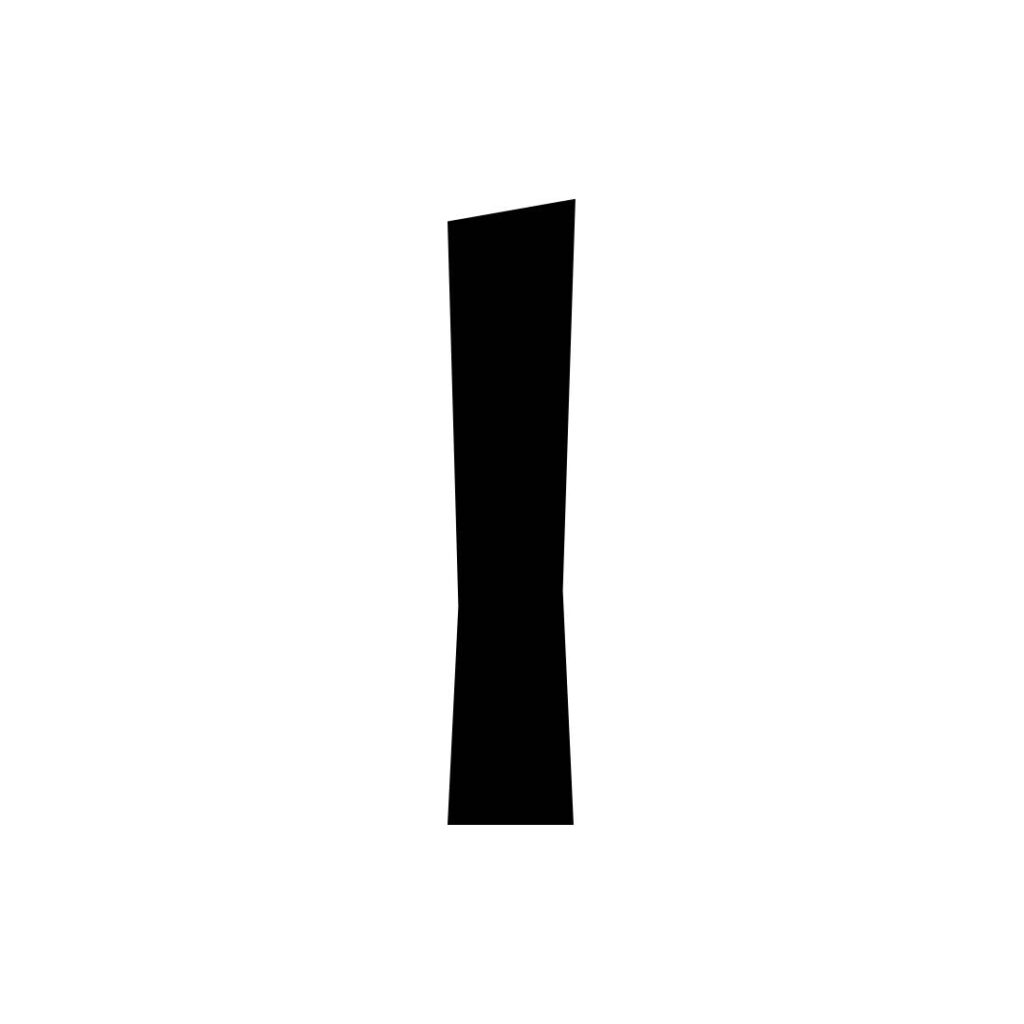

I (talking about yourself)
Examples:
I am a teacher.
Verb to be:
The verb “to be” is a very important verb in English. It tells who or what someone or something is. We use it to describe people, places, things, and feelings.
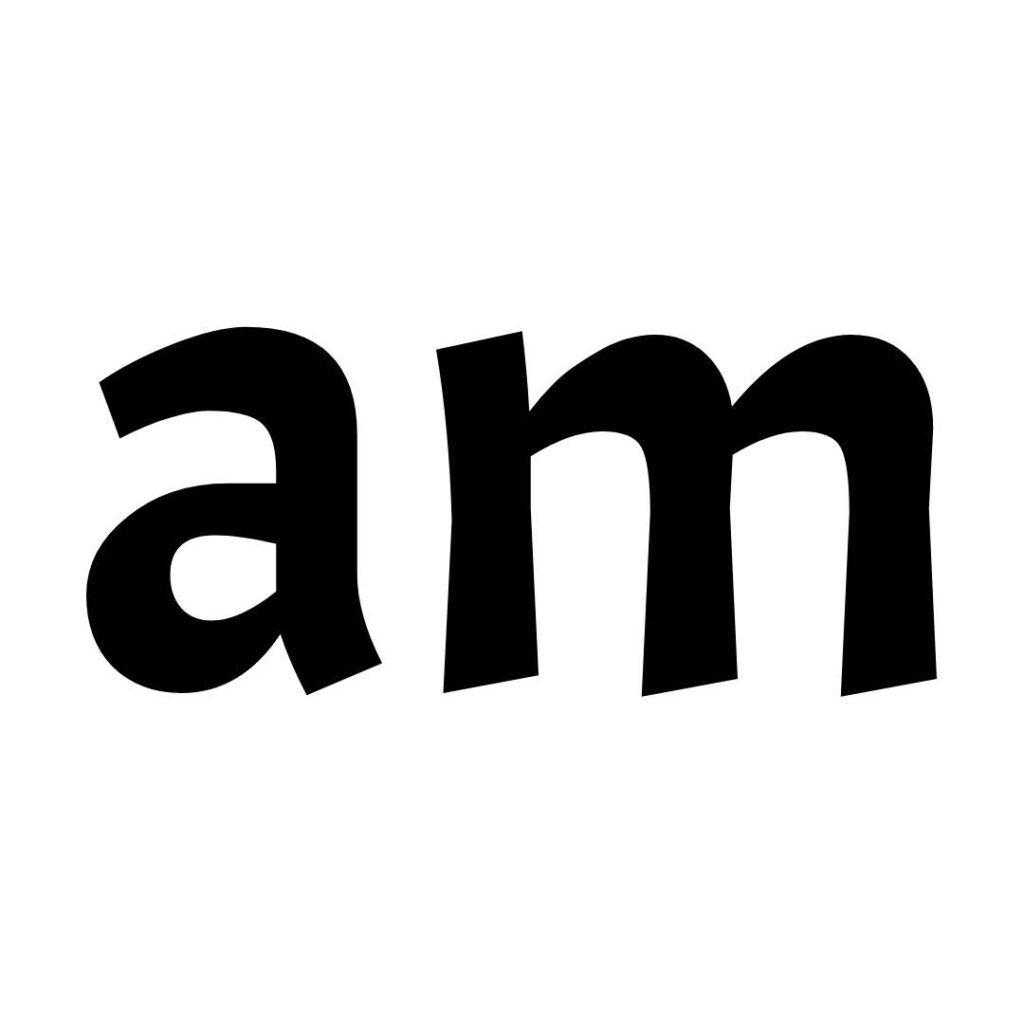
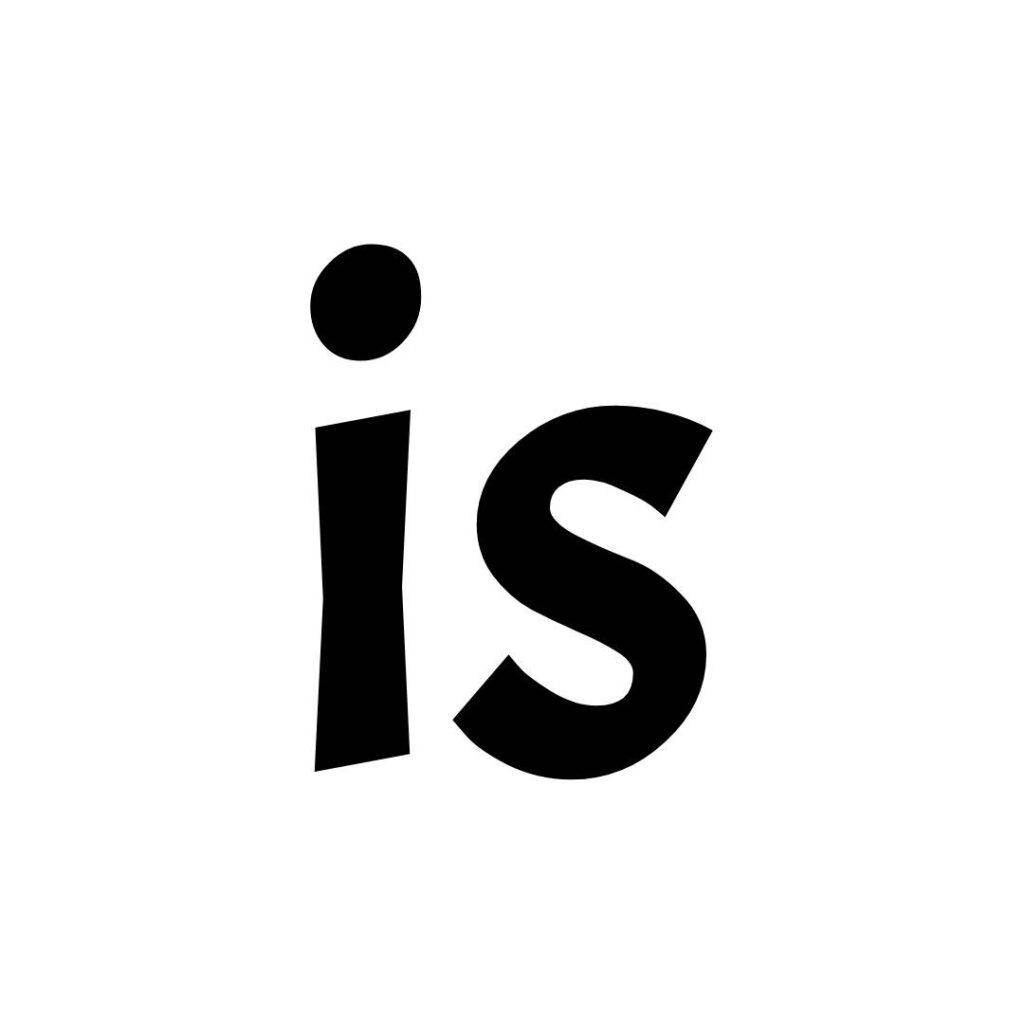
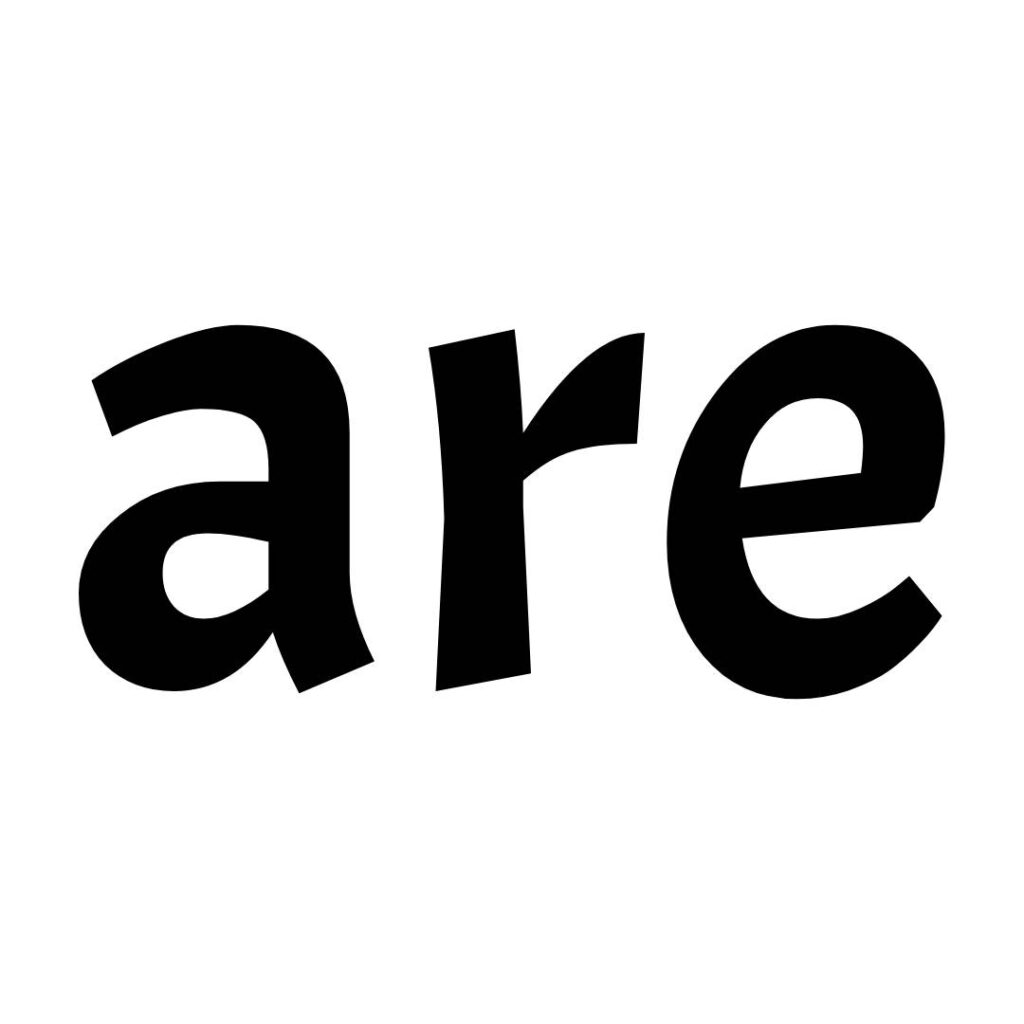
Subject Pronuoun + Verb to be
When a subject pronoun and the verb “to be” join, they create a simple sentence that tells us something about the subject (who or what is doing the action).
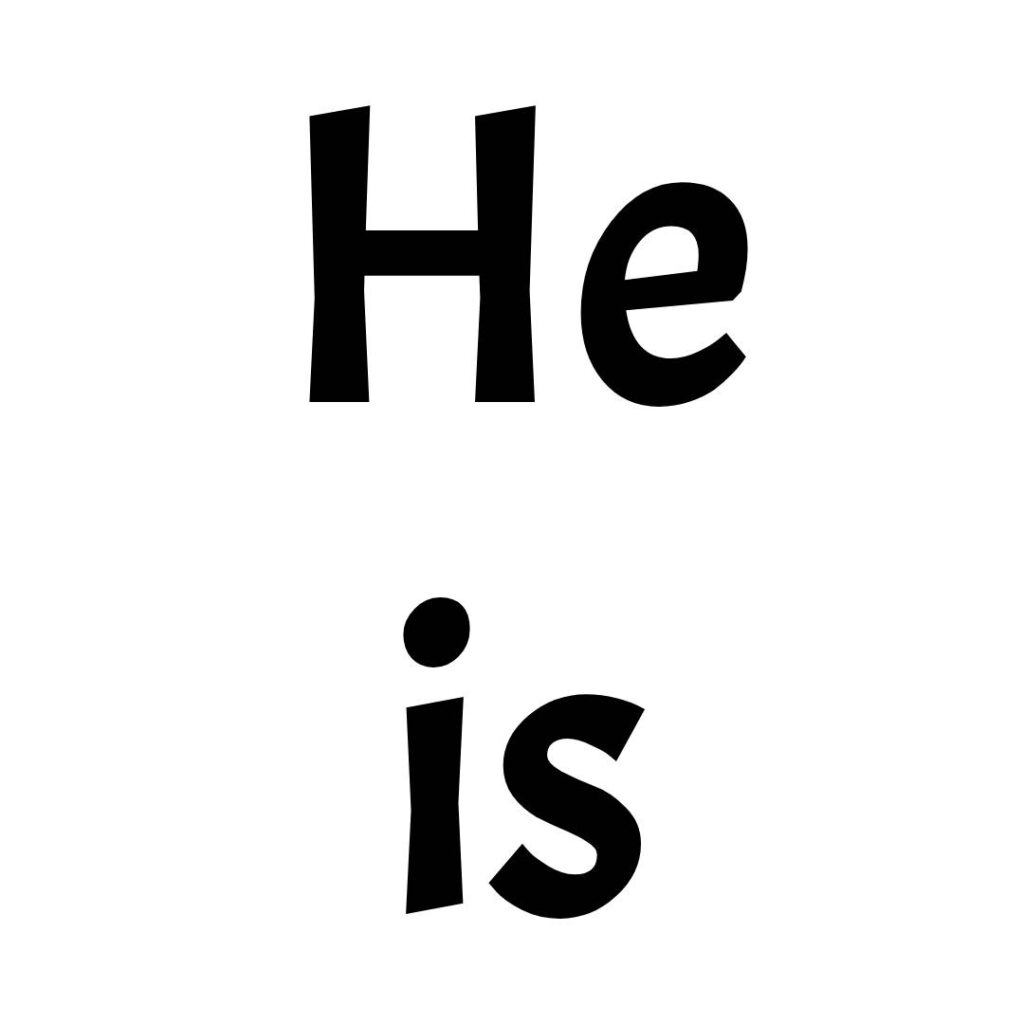
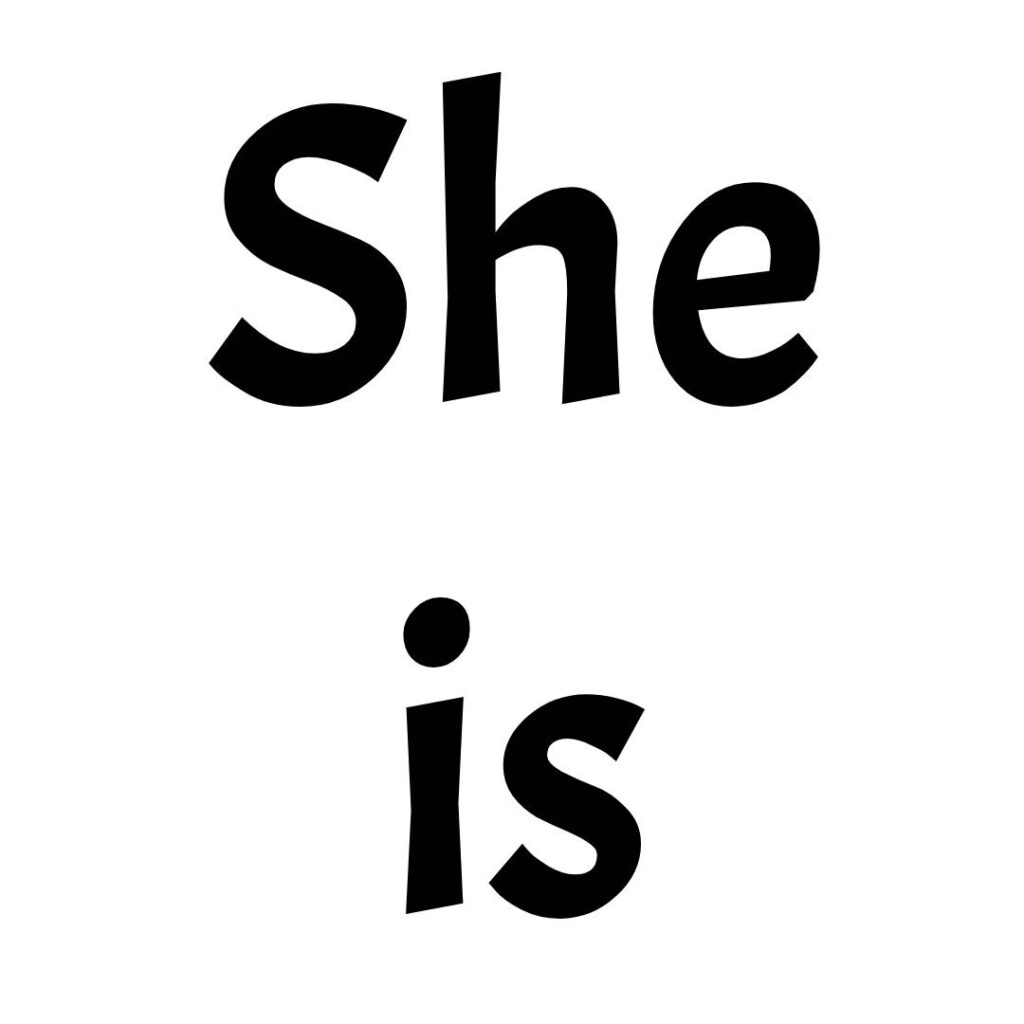
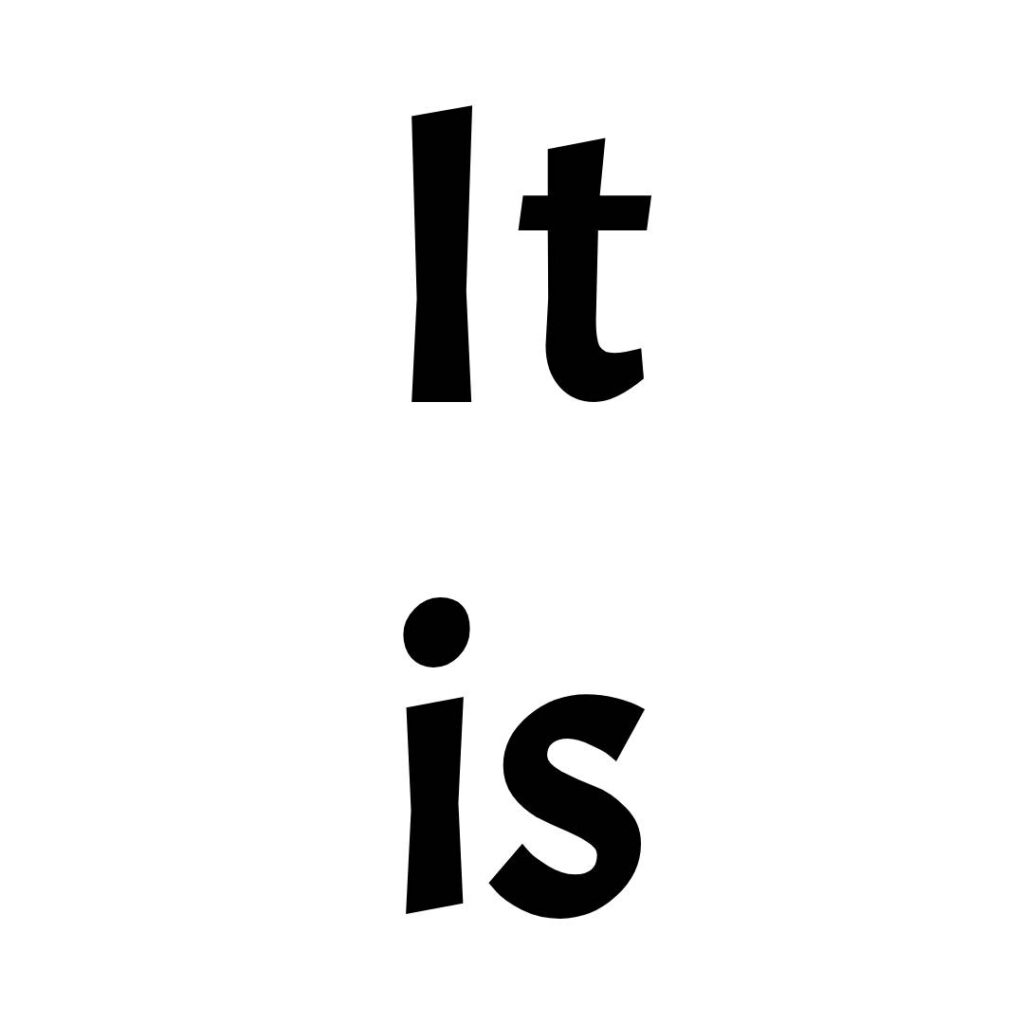
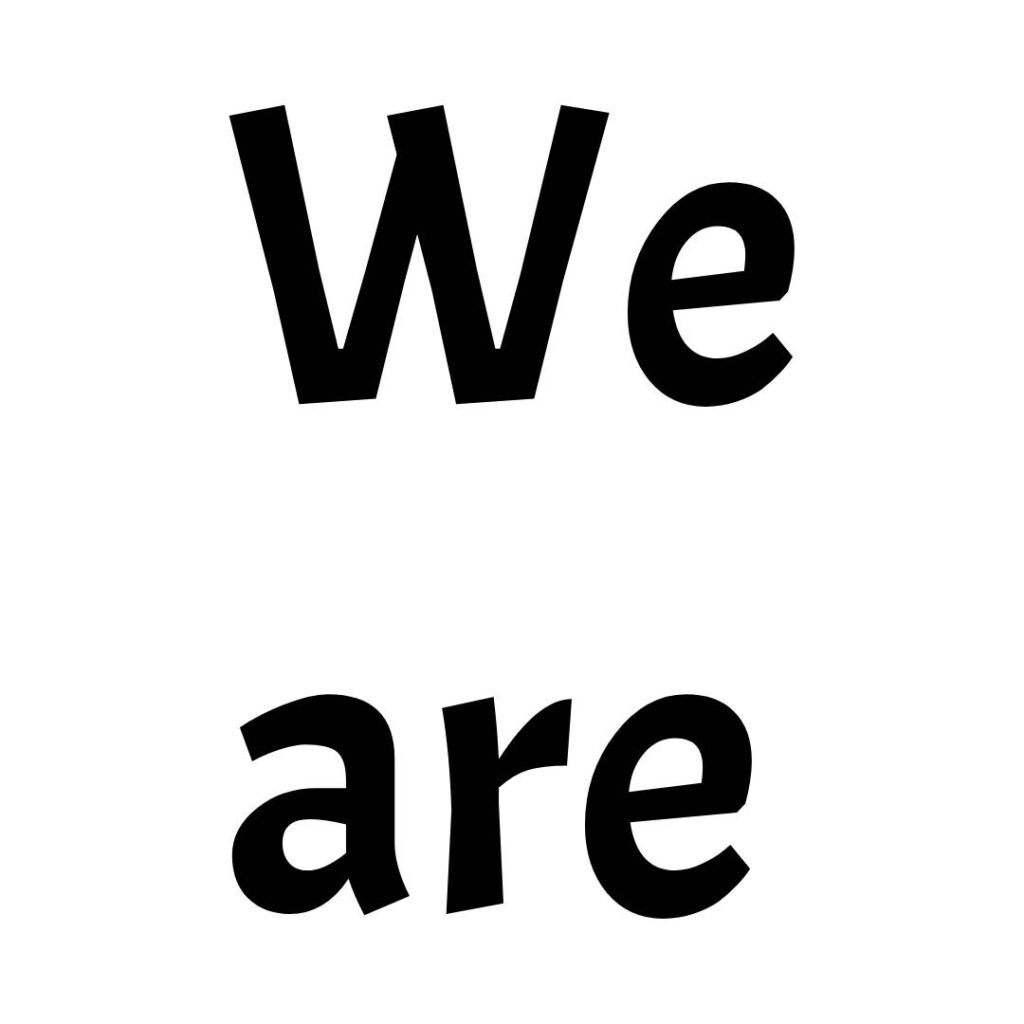
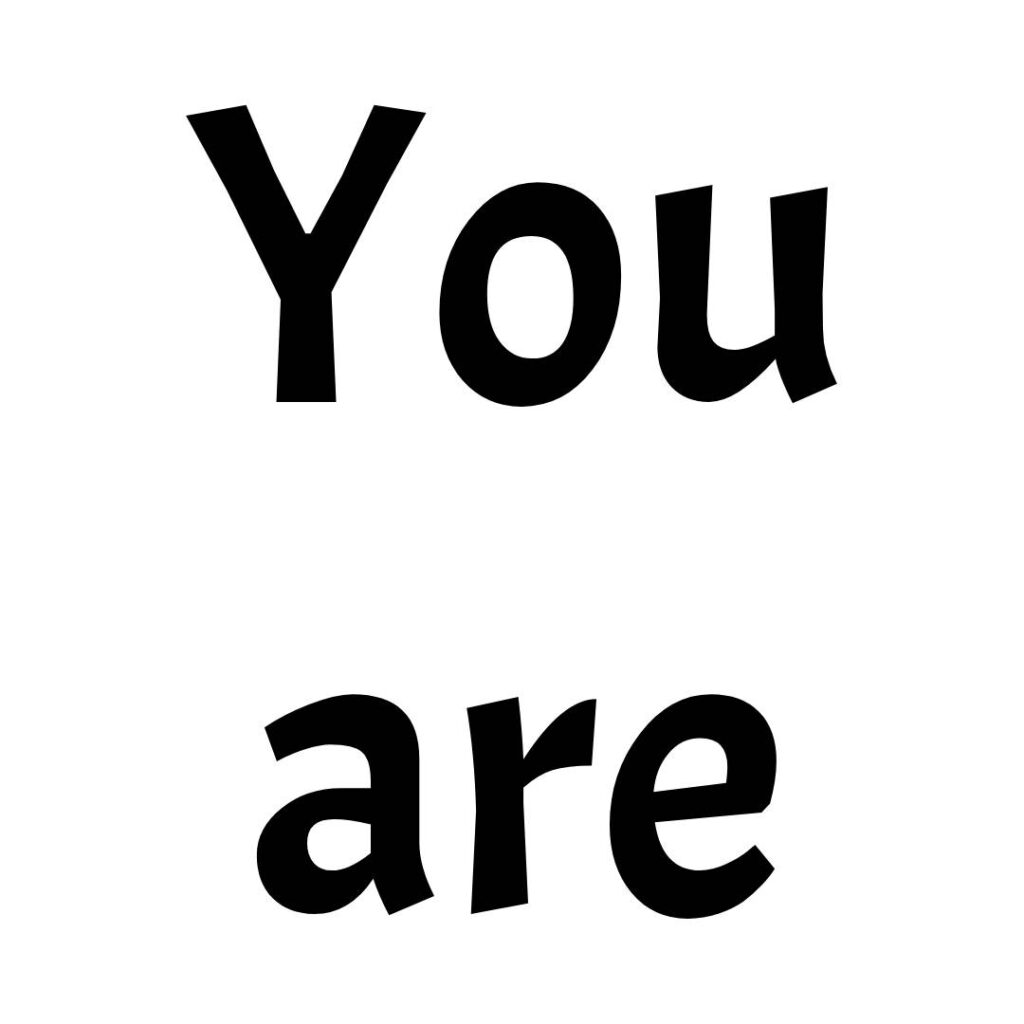
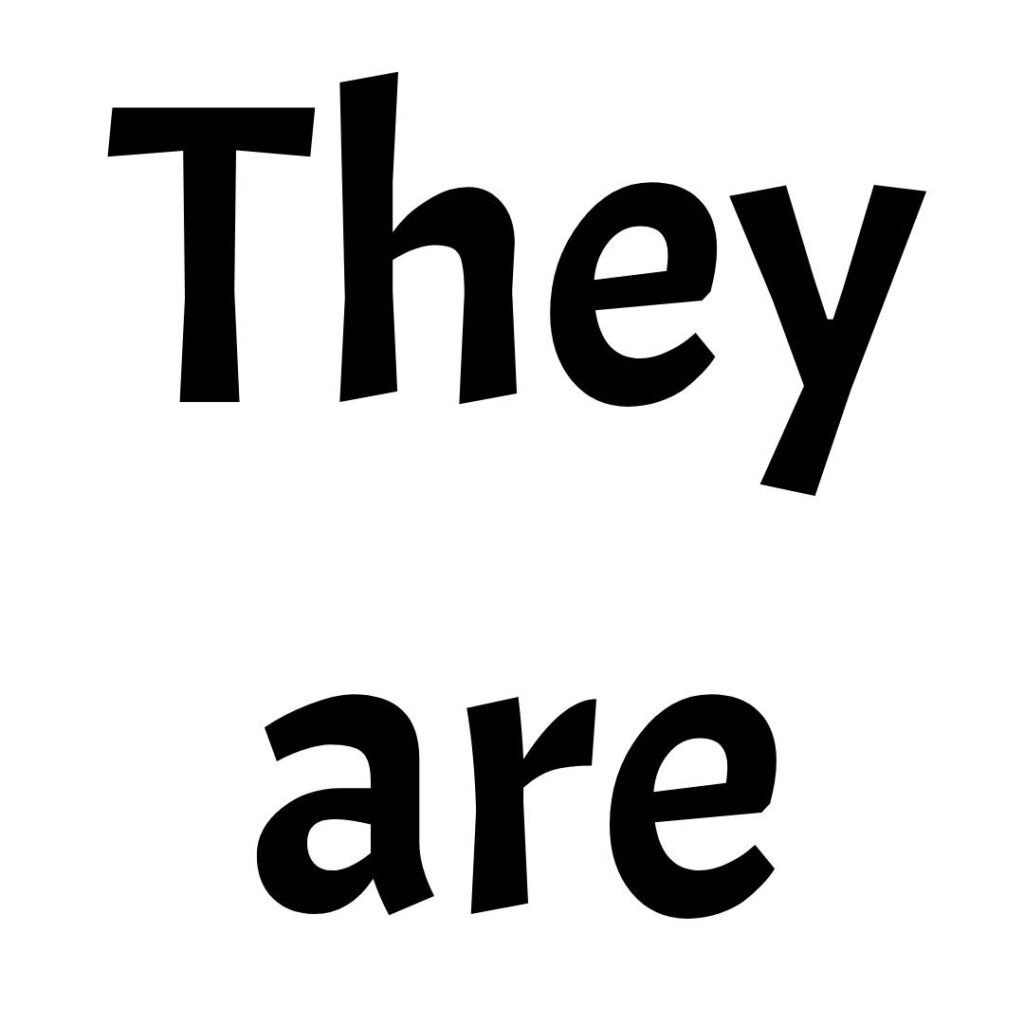

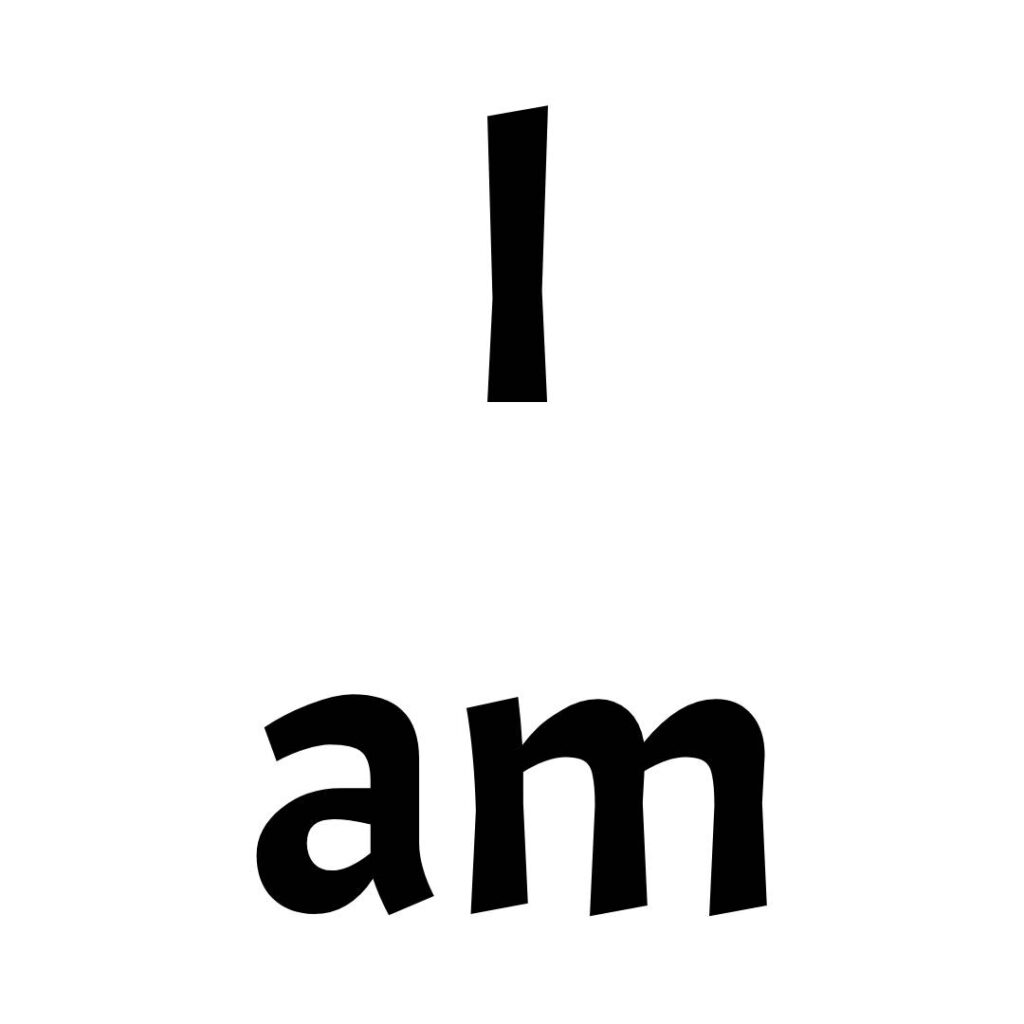

Remember, the forms of “to be” depend on the subject:
I, + am.
Example:
I am Nery, I am 25 years old, I am happy
He, she, it, or a singular noun, + is
Example:
He is Carlos, Carlos is from Caracas.
She is Maria, Maria is beautiful.
It is a table, it is black.
You, we, they, or plural nouns, + are.
Example:
Pedro and Juan are my doctors, they are very intelligent.
Carlos and I are from Guatemala, we are from the city from zone 7.
You and your wife are from Venezuela, correct?
Welcome to the present simple of be
“The verb ‘to be’ is irregular, which means it doesn’t follow the usual patterns of verb conjugation. It has unique forms for each subject. Take a look at these examples:
- I am happy.
- You are a student.
- He is tall.
- She is from France.
- It is sunny today.
- We are friends.
- They are at the park.
Notice how ‘am,’ ‘are,’ and ‘is’ are used for different subjects. Remembering these specific forms will help you use ‘to be’ correctly in sentences. Practice using them to describe people, things, and states of being.”
Subject-Verb Agreement:
“The verb ‘to be’ has different forms in the simple present tense: am, is, and are. Let’s see how they are used:
‘Am’ is used with ‘I’:
- I am American.
‘Is’ is used with ‘he,’ ‘she,’ ‘it,’ and singular nouns:
- He is tall.
- She is a doctor.
- The dog is playful.
‘Are’ is used with ‘you,’ ‘we,’ ‘they,’ and plural nouns:
- You are my friends.
- We are students.
- They are teachers.
Remember these forms to correctly match the subject with ‘am,’ ‘is,’ or ‘are’ in the simple present tense. Practice using them to describe different people and things around you.”
Instructions: Add the verb to each subject to match it


